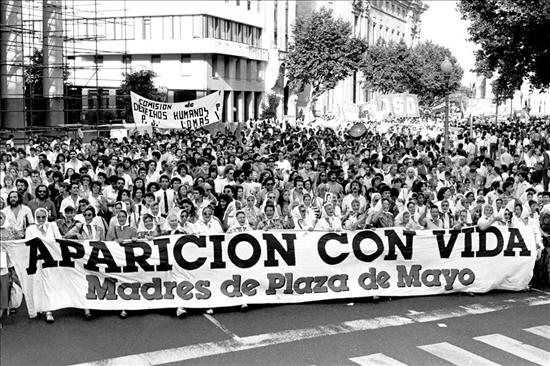The first thing that this course asked is
What is Latin America?
After twelve weeks of learning, I can confidently say that I do not know. Latin America isn’t just a collection of stories started in 1492, it is significantly more than that because although Latin America as we know it was formed in 1492, there was a history before that and there will be a future after today.
Latin America isn’t just violence, it is people fighting for their freedom, fighting for their agency. It is the Madres who knit in the town square, it is the No campaign where people fought for their right to independence over the airwaves. It is Ruben Dario calling President Eisenhower an Alexander-Nebuchadnezzar and not caring about the consequences. It is Catalina de Erauso, proving that she is not just as good as any man but better.
But even this narrative is contrived because we all want the narratives we contrive to end with a happy ending. Just as the United States had no problem painting Fidel Castro as the enemy, it is easy to remember all the good that has happened in Latin America. Despite all the inspiring hopeful stories that we have learnt about and experienced during this semester it is still important to remember the disappeared, to remember those who suffered as a result of ethnic cleansing and genocide.
This course had made me not only think about the complexities of Latin America but history itself, the stories we tell and why we tell them. History cannot be defined and neither can Latin America.

